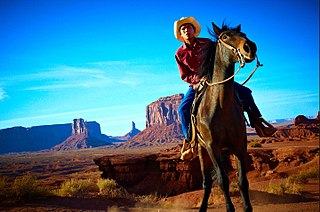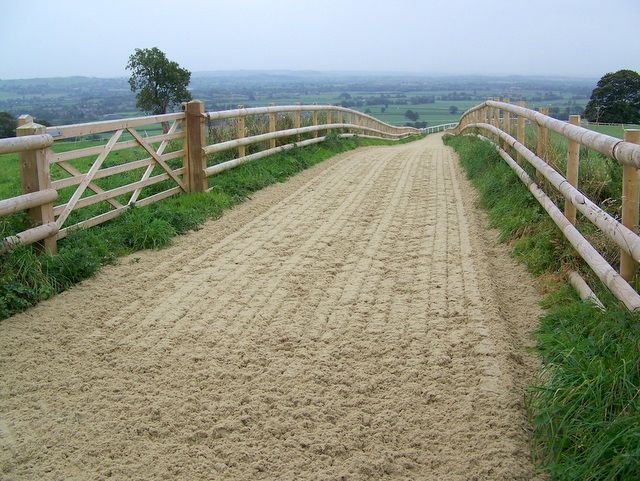A common question: “How can I control my horse?”

The common answers given: “Go back to the arena, train more. Do not go to a stronger bit because you will just make the horse learn to evade a stronger bit. The problem is with the training and/or the riding. It takes two to pull: don’t pull back! You have to relax. If the hors is excited, it’s because you are tense or nervous. All horses can go in a snaffle bit, they just need to be taught to respond to it in all situations.”
These may be good answers for a timid or inexperienced rider on an average horse. Many people I’ve met could use any or all of this advice to their advantage. They have not experienced riding a horse at even a walk and trot over varying terrains. They don’t have a good feel for how a horse needs to stretch his neck, speed up and slow down when going up and down hills, or through deeper, softer footing.
These riders’ first impression when a horse increases speed is that the horse is about to “take off” with them, and they immediately pull back on the reins. They also lack an independent seat, so depend on their reins for some of their balance. Because of the rider’s tense muscles, the horse moves stiffly and loses the ability to travel slower and more smoothly, adding to the rider’s discomfort.

Many of these riders don’t understand how to release when a horse is doing what the rider asks. Instead, they apply a constant pressure that the horse either leans into, bends behind or bulls through. They’ve never taught their horse to bend around a circle at the walk and trot, so have no hope of turning their horse smoothly in a canter. These horses and riders absolutely need more training and experience before even thinking about adding a more severe bit to the equation. They need to become comfortable with letting a horse move out in a free walk or extended, ground covering trot while keeping their seat and balance on the horse.
However, there is another side to this question of control. There are horses, and then there are square horses that don’t quite fit into that round hole. Here’s my experience: I’ve ridden more than 60 different horses of various breeds. Out of these 60, I’d say perhaps 50 could be ridden in a basic snaffle in every situation. Even if they became a little excited sometimes, they did not have the mental energy and drive to put either themselves or their riders in serious danger. Some would have gone better if they had a better diet without excess energy. Some would have gone better if they’d had some more training put into them. Regardless, even if they were brought out and galloped for a bit, they would either get tired and settle, or else leave one ear and brain cell with the rider for communication somewhere along the way. Or there were those that would be completely bonkers once in a blue moon but it didn’t last long enough to trouble anyone too much. Or those who’d follow the example of a calmer, more experienced horse and stop when the other horse did.

Control can get a little more troublesome when it comes to a square horse. A good example is found in some of the talented eventing horses. These horses have extensive training done by excellent trainers. Their riders are not nervous or tight, and have secure seats that are independent of the reins. Yet all of these horses do not gallop around the cross country course on a simple snaffle. If the advice up above pertained to all horses, then surely every one of these well managed horses would fit into that scenario.
If you are an above average amateur rider, you might feel discouraged because you can’t get your horse to go in a simple snaffle. Although you have a strong, independent seat and a lot of guts, people tell you that if you could only relax and stop pulling, your horse would relax too. I’m here to tell you they’re wrong. If you are on one of those super athletic horses with a determined drive to run, you will discover that if you stop pulling and throw away the reins, you might hurt your horse. Some horses will gallop to the point of exhaustion and it won’t teach them to run less far the next time. Without a strong enough bit or headgear, some horses will put themselves and the rider in danger. You don’t want to be on a horse that is exhausted enough to trip, break a leg or bow a tendon. You don’t want to meet with bad footing or a low overhang on a horse that you have no ability to slow down or stop.
Horses should only be galloped when they also have an ability to be pulled up after a quarter mile at the most. If a horse cannot be reasoned with after that amount of distance, you must put stronger gear on so the horse can remain safe. That doesn’t mean you can’t gallop a fit horse for longer, but you should be able to test the horse each quarter mile and have the horse respond with a check in gait or slowing of speed before you let him go again.
My next blog post will be about having control vs having too much control, and how to find the balance.

